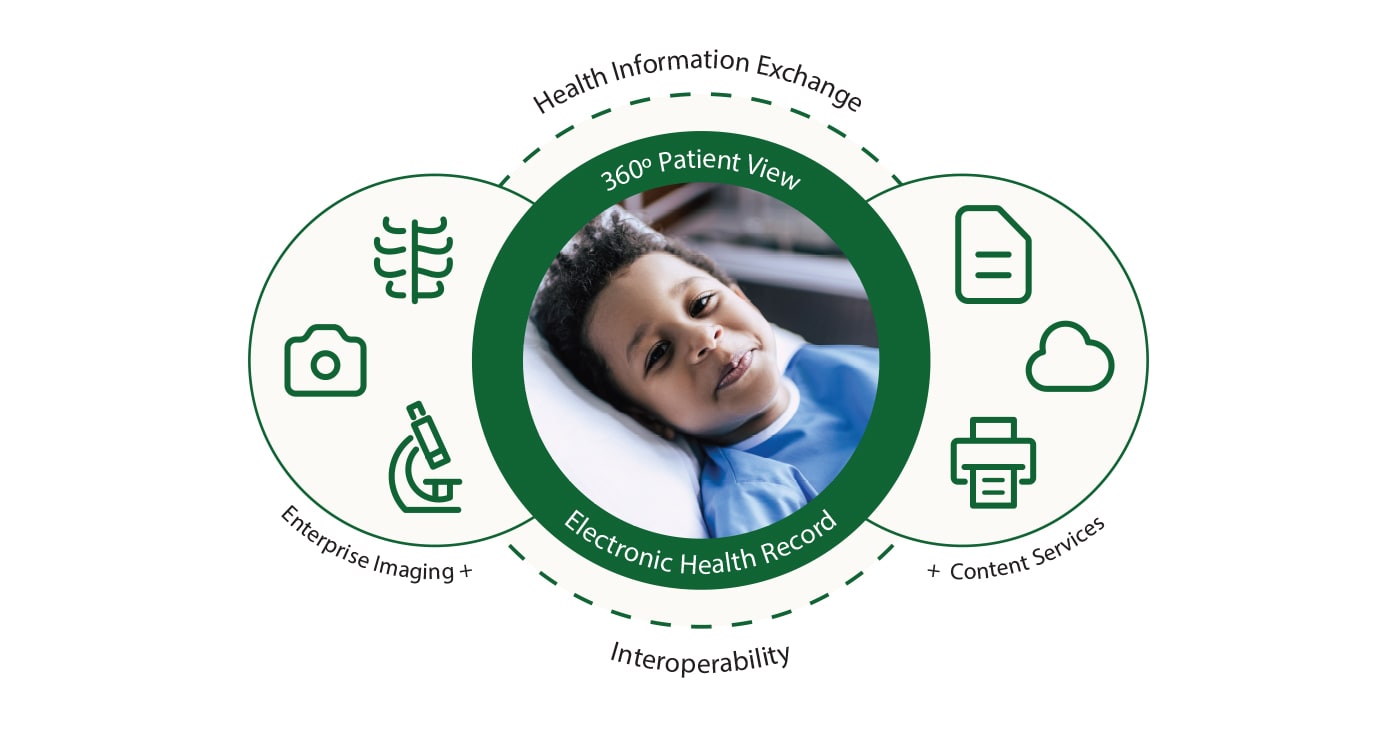A Comprehensive Overview on Just How Health Care RCM Functions to Streamline Billing and Collections
Navigating the intricacies of health care profits cycle administration (RCM) is crucial for service providers intending to boost their payment and collections processes. The guide unloads the details of RCM, from client enrollment to accounts receivable administration, supplying understandings into enhancing each action.
Comprehending Earnings Cycle Management
Comprehending the complexities of Revenue Cycle Monitoring (RCM) is necessary for medical care companies intending to maximize their economic performance. RCM is a critical management function that includes the entire monetary process of client care, from the initial appointment setting to the last repayment of the equilibrium. It is a complex procedure developed to recognize, accumulate, and manage the earnings from the solutions supplied to patients. Reliable RCM makes certain that health care carriers obtain accurate and timely repayments, minimizing the danger of profits loss and improving capital.
The RCM process starts when a patient timetables a visit and expands via the patient's treatment trip, consisting of billing and collections. A crucial objective is to decrease the time in between obtaining and offering a service repayment, therefore boosting the company's monetary health. RCM includes numerous functions such as patient registration, insurance coverage verification, fee capture, coding, declares submission, repayment uploading, and managing rejections and allures.
Secret Elements of RCM
In the world of Income Cycle Monitoring (RCM), understanding its essential parts is essential to attaining economic performance within healthcare organizations. RCM is a thorough process that includes numerous stages, each important to guaranteeing efficient payment and collections. The main parts consist of client enrollment, insurance coverage verification, charge capture, coding, claim entry, payment posting, and accounts receivable administration.


Once coded, cases are submitted to payers, where precision is extremely important to avoid beings rejected or hold-ups - Healthcare RCM. Payment uploading entails tape-recording the received repayments, which permits the reconciliation of accounts. Lastly, receivables management focuses on tracking and resolving unsettled claims, making sure prompt follow-up and resolution
Each part of RCM is adjoined, and ineffectiveness in any kind of component can interfere with the entire cycle. Consequently, mastering these elements is essential for doctor to optimize earnings and improve their economic wellness.
Techniques for Efficient Invoicing

Systematizing payment treatments across the organization is an additional vital method. Establishing clear guidelines for documents, coding, and entry assists maintain consistency and conformity with governing needs. Training personnel routinely on these procedures ensures everybody is updated with the most up to date adjustments in invoicing codes and payer policies.
Exact fee capture is important in avoiding earnings leakage. Implementing normal audits and tracking systems allows for the recognition and adjustment of see post discrepancies prior to they impact profits. Furthermore, maintaining open lines of communication with payers aids to quickly deal with any type of conflicts or misconceptions that might emerge.

Finally, interesting individuals early in the billing process by giving clear estimates and instructional products concerning their monetary obligations can considerably reduce complication and enhance payment timeliness. These strategies jointly add to a much more monetarily healthy and balanced and effective invoicing system.
Enhancing Collections Processes
A robust collections procedure is crucial for preserving financial stability within healthcare companies. Offered the complexities of medical payment and the range of payer demands, boosting the collections procedure includes implementing critical measures that make sure timely and precise repayment of solutions rendered. Central to this is the usage of modern technology to automate and enhance processes, lowering hands-on errors and improving performance. Automation tools can assist in tracking case conditions, sending out prompt reminders to patients, and taking care of denials extra effectively.
Educating personnel to understand the subtleties of insurance coverage and billing codes is equally essential. This knowledge encourages them to resolve billing discrepancies quickly and communicate effectively with patients concerning their economic duties. In addition, clear and clear person interactions are critical. Providing detailed explanations of costs and supplying adaptable repayment plans can raise person satisfaction and punctual repayments.
Normal audits of the collections process should be performed to determine locations for enhancement and guarantee compliance with laws. By analyzing data, medical care companies can recognize fads, anticipate potential concerns, and adjust techniques accordingly (Healthcare RCM). Eventually, a well-enhanced collections procedure not only sustains economic wellness yet also adds to an extra seamless experience for individuals and staff alike
Optimizing Earnings Streams
Building upon the structure of a strong collections process, medical care companies can even more strengthen their financial stability by purposefully optimizing income streams. This entails a multi-faceted method, starting with an extensive evaluation of existing revenue sources to determine ineffectiveness and locations for growth. Utilizing advanced data analytics devices makes it possible for organizations to acquire insights right into payer mix, client demographics, and solution usage patterns, permitting data-driven choices that boost revenue capture.
Applying automated payment systems can considerably minimize mistakes and quicken cases processing, making sure that earnings is collected much more he said effectively. In addition, maximizing payer agreements via normal arrangements can boost repayment prices and terms, straight impacting the bottom line. Branching out service offerings, such as incorporating telehealth or health care, can also draw in a more comprehensive individual base, therefore boosting profits potential.
Another important part is boosting individual interaction and fulfillment, as pleased clients are most likely to stick to treatment plans and make prompt repayments. Using versatile repayment choices and clear invoicing practices can improve collections and foster person commitment. Healthcare RCM. By embracing these strategies, healthcare organizations can create a more resilient monetary framework, making sure continual development and security in an ever-changing sector landscape
Conclusion
To conclude, health care Earnings Cycle Administration (RCM) plays an important duty in maximizing invoicing and collections processes by integrating crucial elements such as patient registration, insurance coverage confirmation, charge capture, coding, claims submission, and accounts receivable administration. By utilizing advanced innovation, systematizing treatments, and cultivating her explanation patient involvement, medical care service providers can considerably minimize insurance claim rejections, accelerate settlement cycles, and enhance capital. This comprehensive approach to RCM ultimately results in improved economic efficiency and sustainability for medical care organizations.
The RCM procedure begins when a person schedules an appointment and prolongs through the person's treatment journey, including invoicing and collections.Another essential component is improving individual involvement and complete satisfaction, as satisfied patients are more likely to stick to therapy plans and make timely repayments. Using versatile repayment options and transparent payment techniques can improve collections and foster person commitment.In final thought, healthcare Earnings Cycle Monitoring (RCM) plays an important function in optimizing payment and collections processes by incorporating vital parts such as patient registration, insurance verification, cost capture, coding, asserts submission, and accounts receivable management. By utilizing sophisticated modern technology, standardizing treatments, and fostering client involvement, health care suppliers can dramatically decrease claim denials, speed up payment cycles, and improve cash flow.
Comments on “Healthcare RCM Services for Effective Earnings Cycle Management”